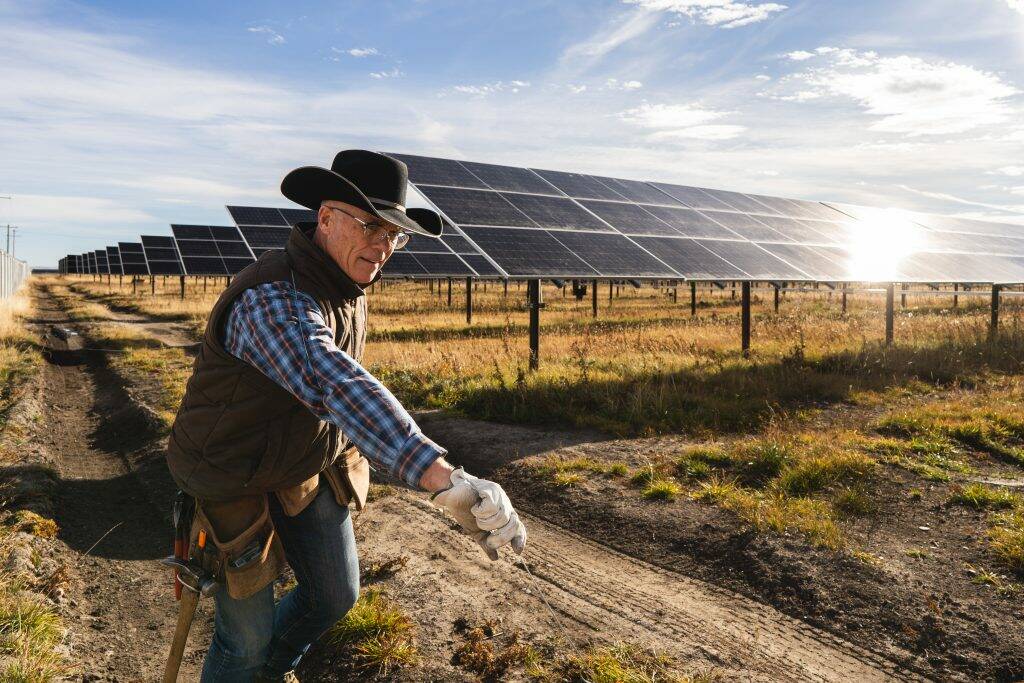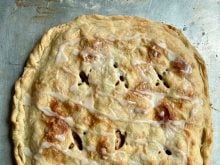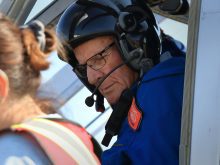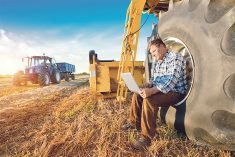While some may wonder if agricultural societies are still relevant given that the average Canadian can’t tell a sow from an ewe, Liz Roberts believes the groups are more important than ever.
“Ag societies haven’t reached their potential yet,” said Roberts, superintendent of agricultural societies for Manitoba Agriculture. “I think we have huge opportunities to connect with our urban neighbours.”
How ag societies can evolve to take advantage of such opportunities was discussed at the annual Manitoba Association of Agricultural Societies (MAAS) conference, held Jan. 10-11 in Brandon.
Read Also

Support needed at all levels for high-value solar projects
Farmers, rural municipalities and governments should welcome any opportunity to get involved in large-scale solar power installations, say agrivoltaics proponents.
The theme of this year’s meeting, which attracted representatives from 26 of Manitoba’s 59 societies, was communication and building partnerships in the community.
Over the last few years, Roberts said, Manitoba ag societies have been trying to reinvent their role in the community. They no longer want to be defined by the rides and concession stands at the annual summer fair.
“The message we’re promoting is that at one time ag societies were considered just fairs, but they’re not,” said Roberts, who works out of Brandon. “They can provide much more because they’re natural community builders.”
As part of that effort to evolve and reconnect, MAAS invited the founder of the Tamarack Institute for Community Engagement, Paul Born, to lead a workshop at its conference in Brandon.
Through the Tamarack Institute, which is based in Waterloo, Ont., Born’s mission is to mobilize people across Canada and help them build healthy and vibrant communities.
When asked about the potential of ag societies, Born said the historical role of fairs might point the way to the future.
“How do we use these points of celebration as we used to?” Born said in a telephone interview before the conference.
“That’s what fairs used to be … celebrating the life of the community, celebrating excellence in agriculture, the best cow, the best turnip, the best pies and the best quilts. And, in a sense, what they did is they captured the economic and social life of the community … and (people) learned from each other.”
Roberts is already on board with that concept. She believes the summer fair should return to its roots and focus more on exhibits.
“One of the purposes of an ag society is to educate around agriculture,” she said.
As an example of how this education would work, Roberts said in recent years the art of canning has been disappearing on the Prairies. If ag societies concentrate on displaying pickled beets and cranberry jelly at the fair, it provides a forum to educate and re-establish the tradition in the community.
Such displays, and exhibits of animals, are also a terrific way to build bridges between rural and city life, Roberts said.
“It provides an opportunity for (urban) children to touch and see a live animal … and to see what can be made from agriculture,” she said.
It’s also important, Born said, for ag societies to take advantage of cultural changes and trends, like the shift toward local food.
“The going-local movement is one of the fastest growing movements in the world today,” he said.
“This is a real opportunity for agricultural societies.”















